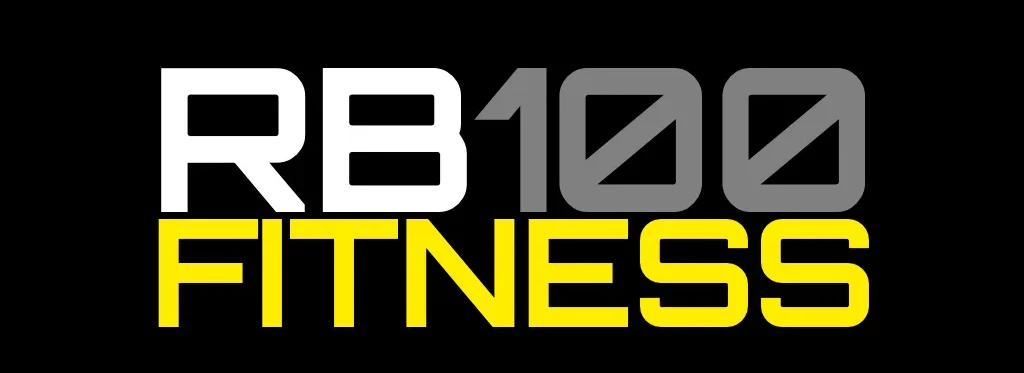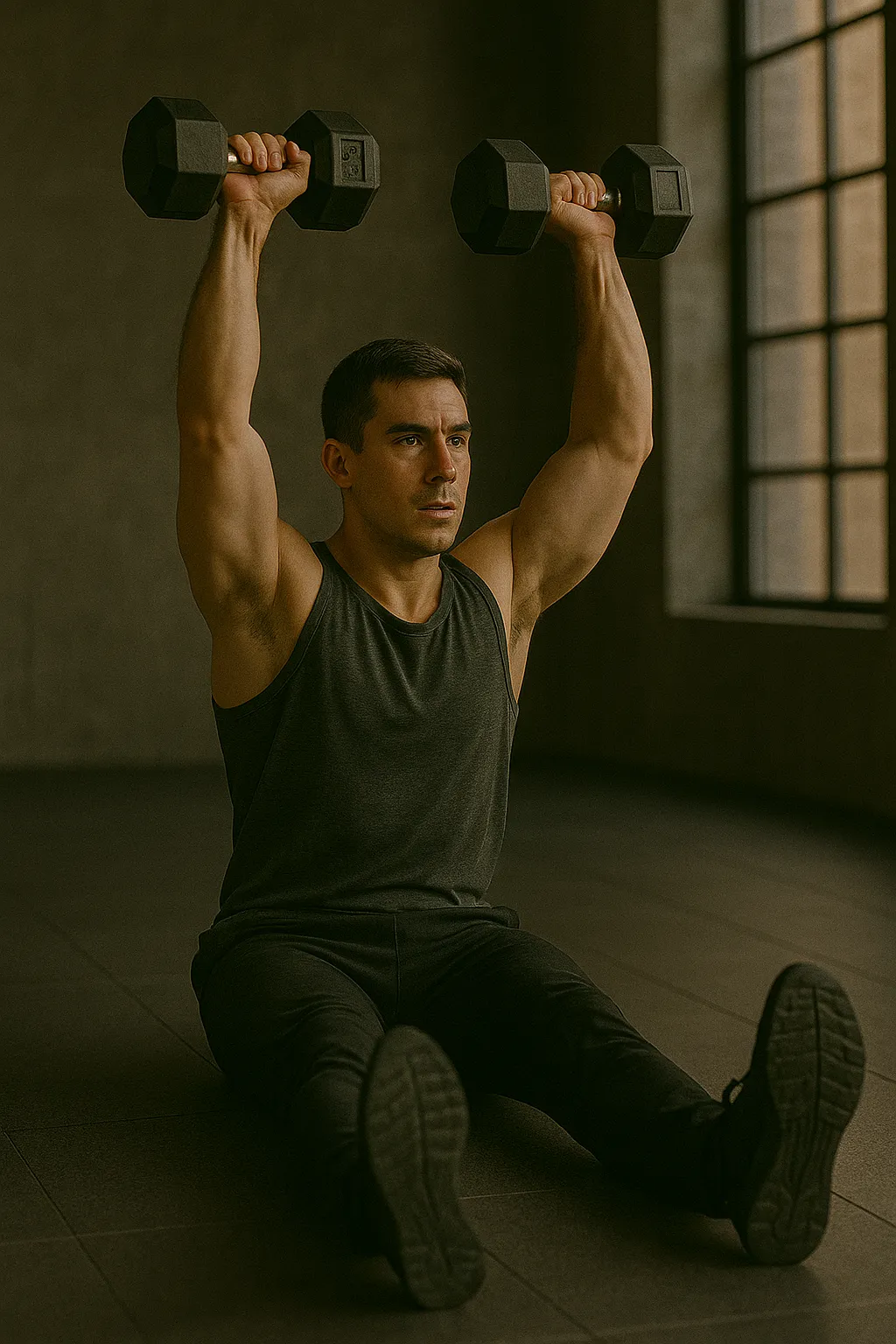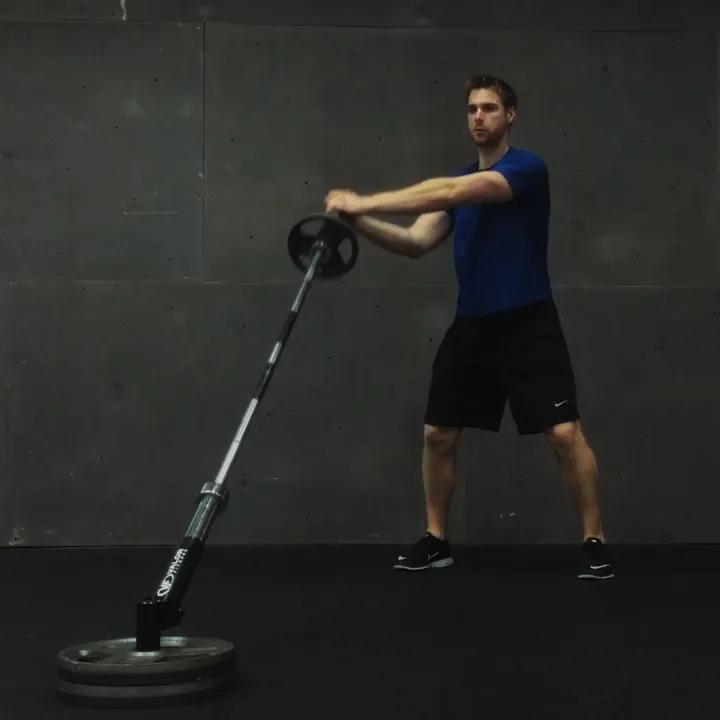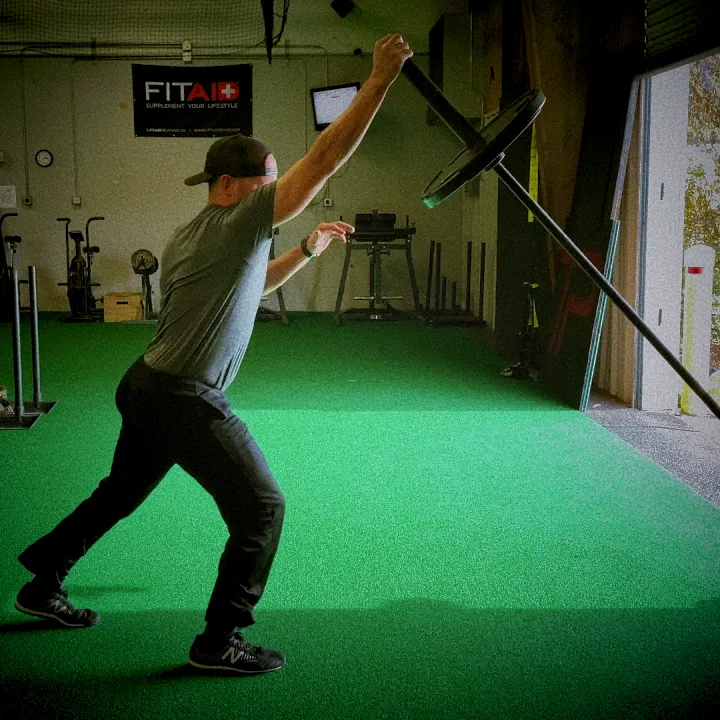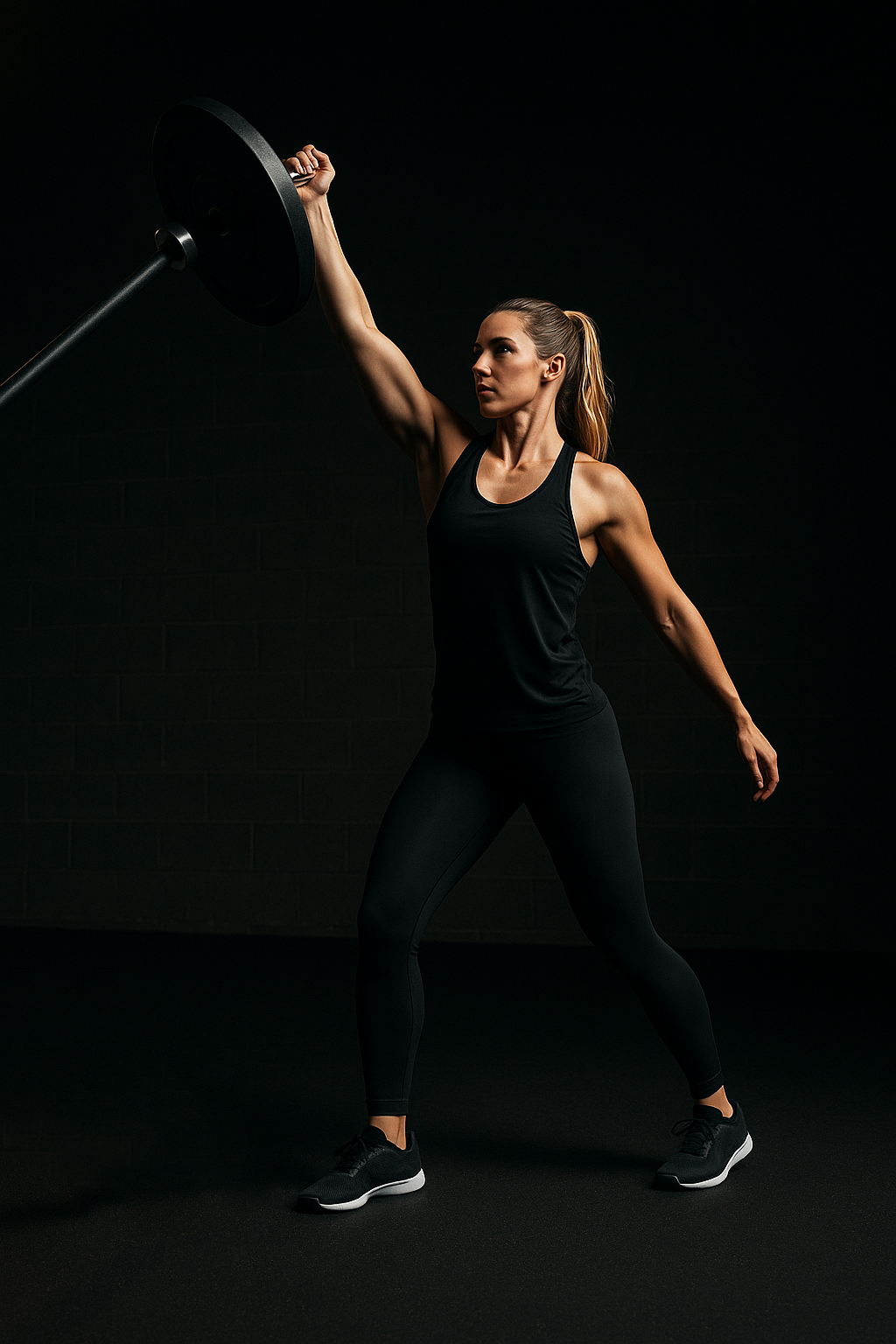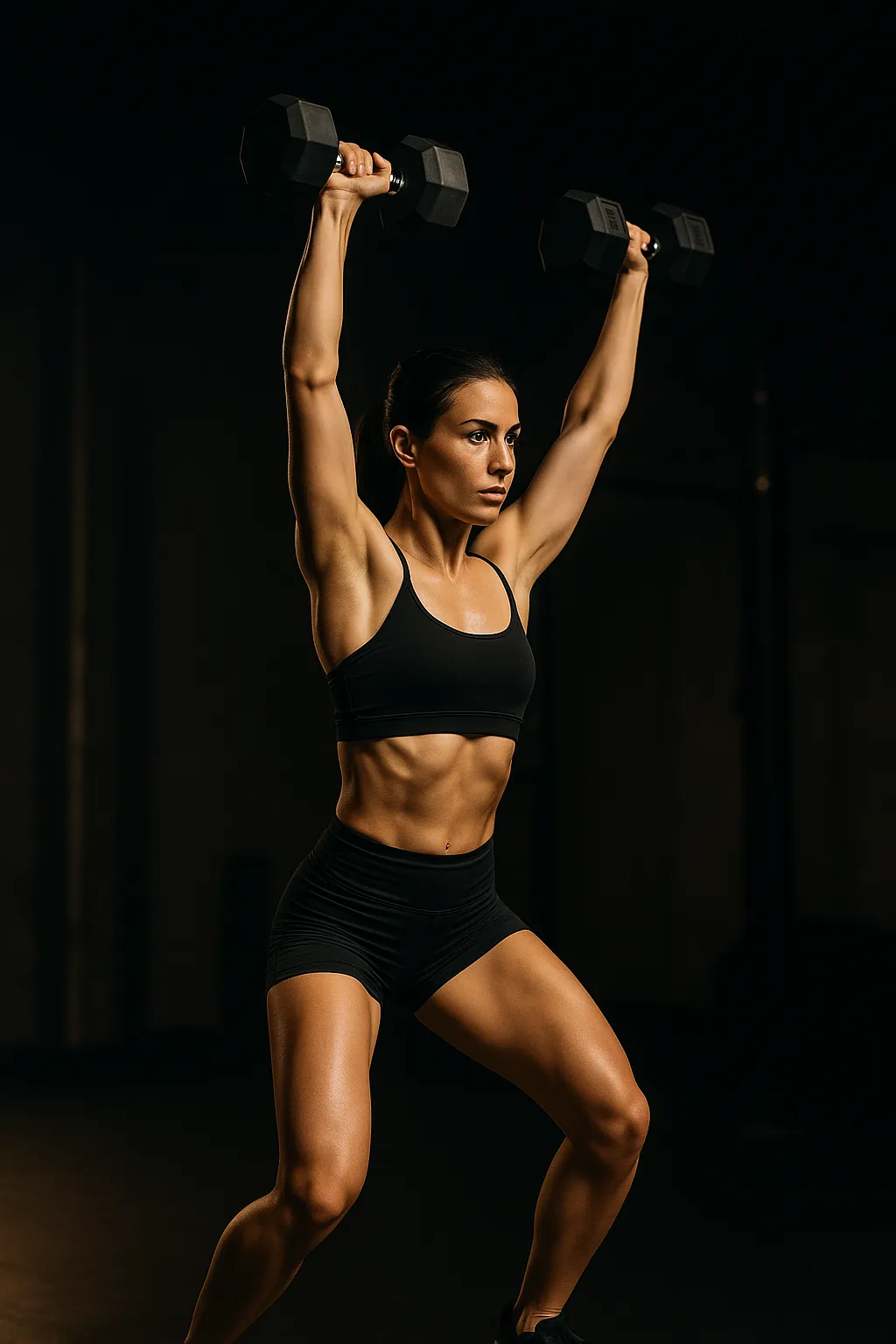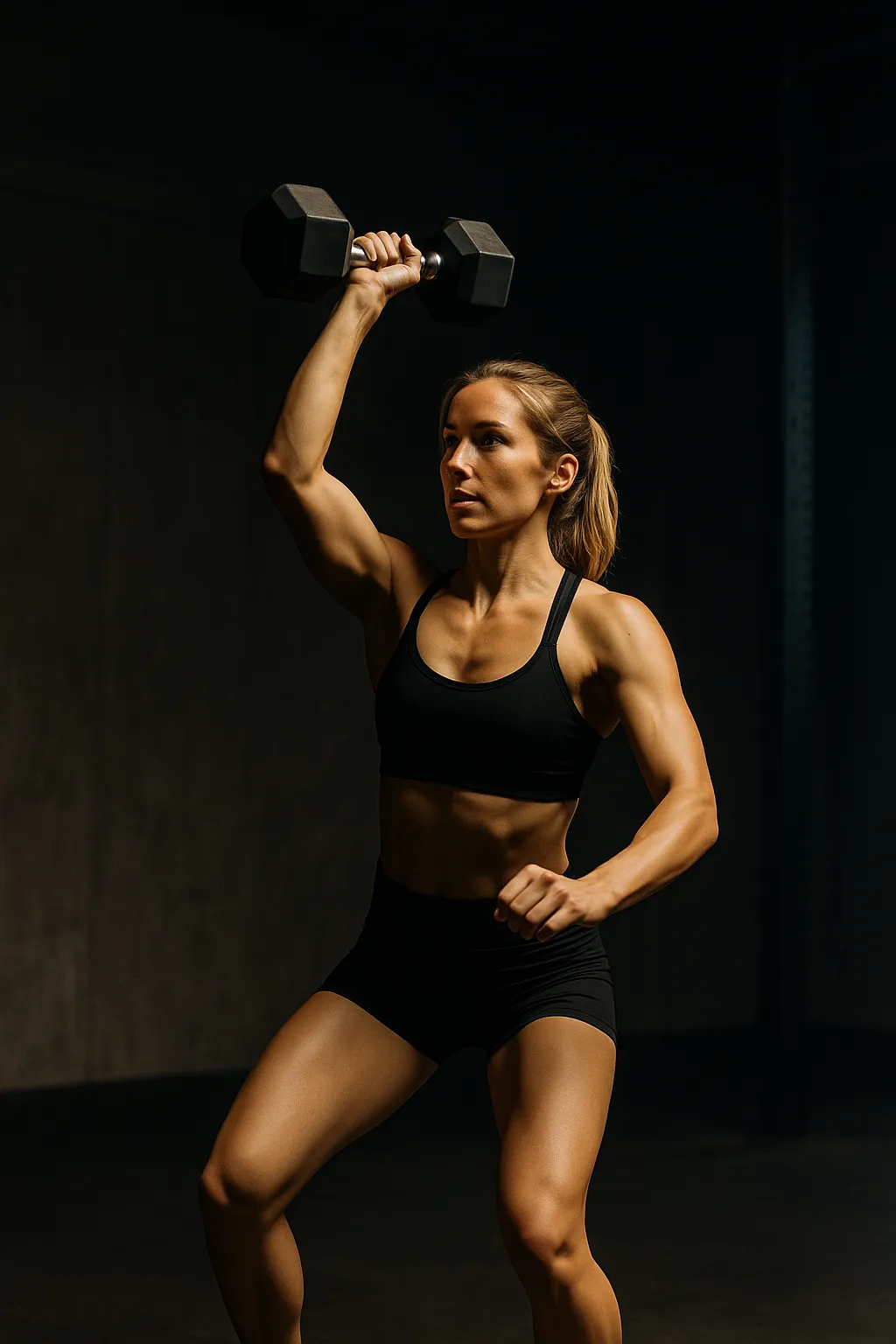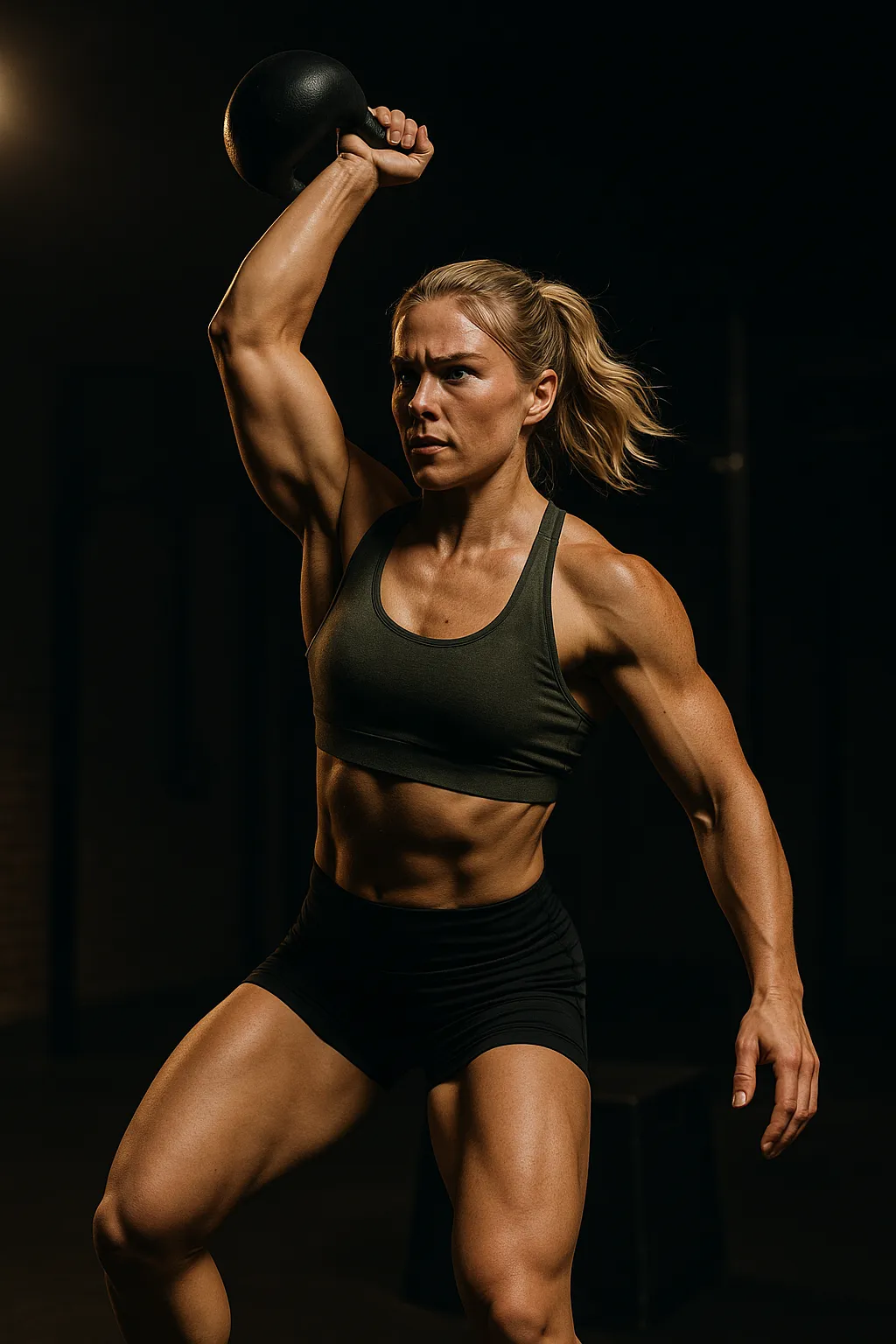Exercise Facts
| Movement Pattern | Core, Vertical |
|---|---|
| Muscle Group | Core, Forearms, Hip Flexors, Shoulders |
| Equipment | Pull-Up Bar |
| Environment | Gym, Outdoor |
| Skill Level | Advanced, Intermediate |
| Series | Core Control Series |
Overview
The Hanging Knee Raise is a dynamic core exercise that develops abdominal control and grip endurance while improving spinal stability. It’s a favourite among functional and calisthenic athletes for building strong, defined abs and total-body coordination.
Hang from a pull-up bar with arms fully extended and shoulders engaged. Pull your knees upward toward your chest while keeping the torso stable, then lower slowly under control. Focus on using the abs rather than swinging or pulling with momentum.
This movement trains the rectus abdominis, hip flexors, and stabilising muscles through full range of motion. It also reinforces grip and shoulder endurance — two key skills for HYROX and obstacle-based training.
Common mistakes include swinging legs or collapsing shoulders. Cue “control the down” and “lock shoulders in place.”
The exercise scales easily: beginners can use a captain’s chair or perform lying leg raises, while advanced athletes can progress to hanging leg raises or toes-to-bar.

Setup (Steps)
Hang from pull-up bar, arms straight.
Execution (Steps)
Lift knees to chest, lower slowly.
Coaching Cues
“Control the down. Engage abs.”
Common Faults & Fixes
Swinging → pause between reps.
Programming Ideas
3×10–15; 100 total for endurance.
Variations
Straight-leg raise, toes-to-bar.
Regressions
Bent-knee or supported versions.
Standards & Competition Notes
Full control, no swing.
Safety Notes
Avoid jerking shoulders.
